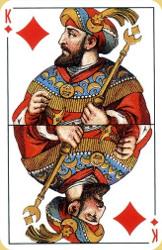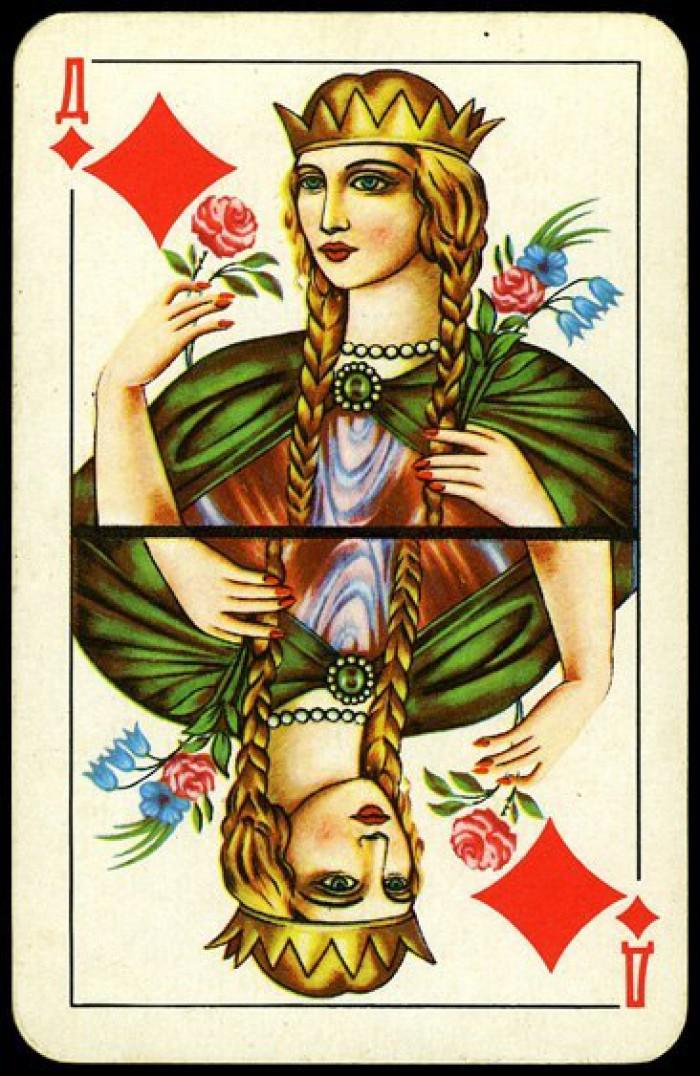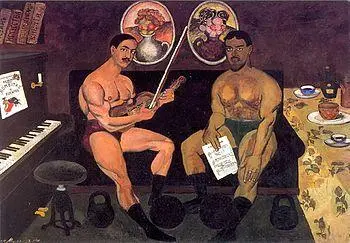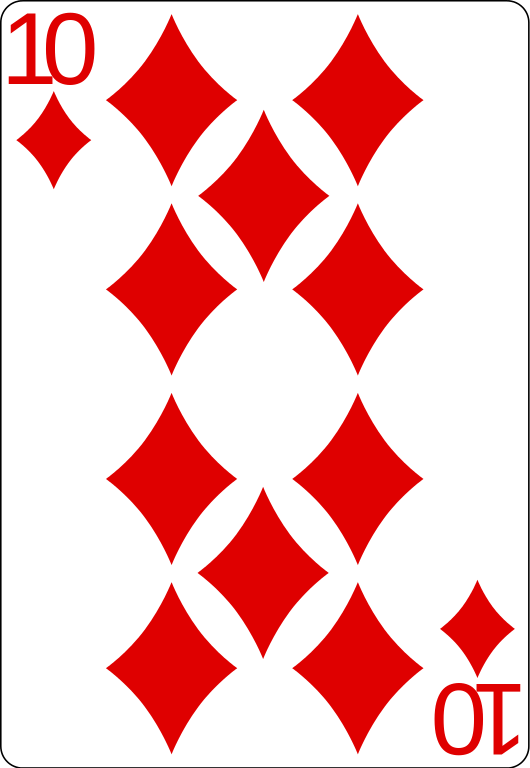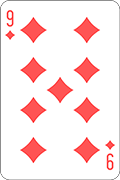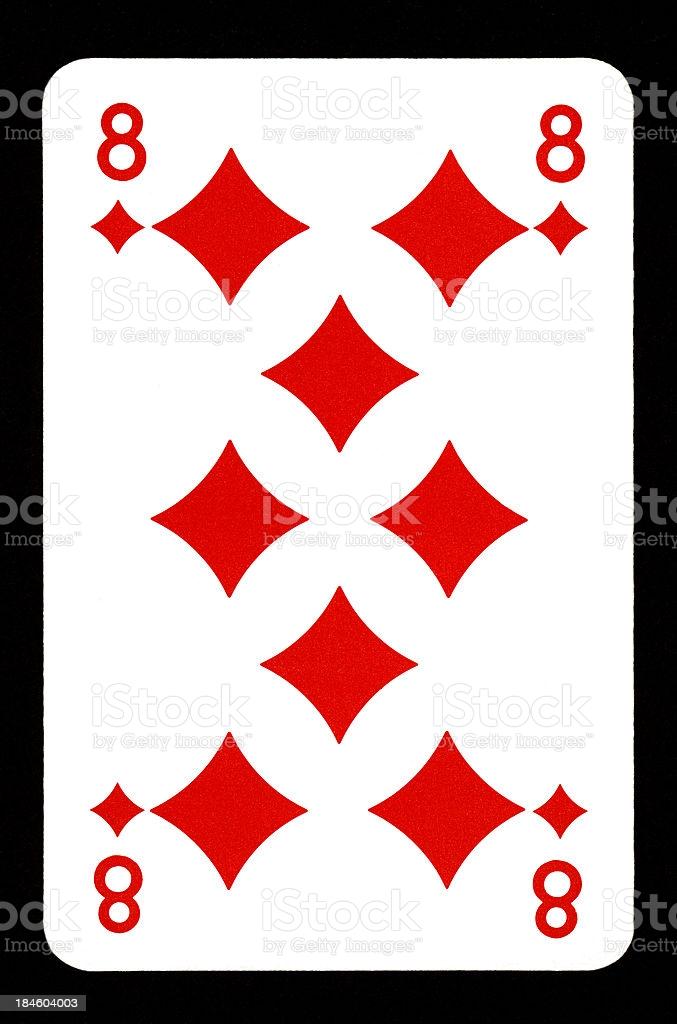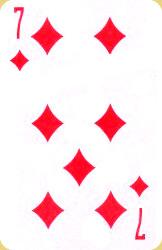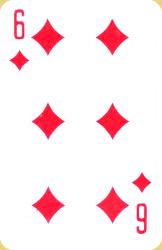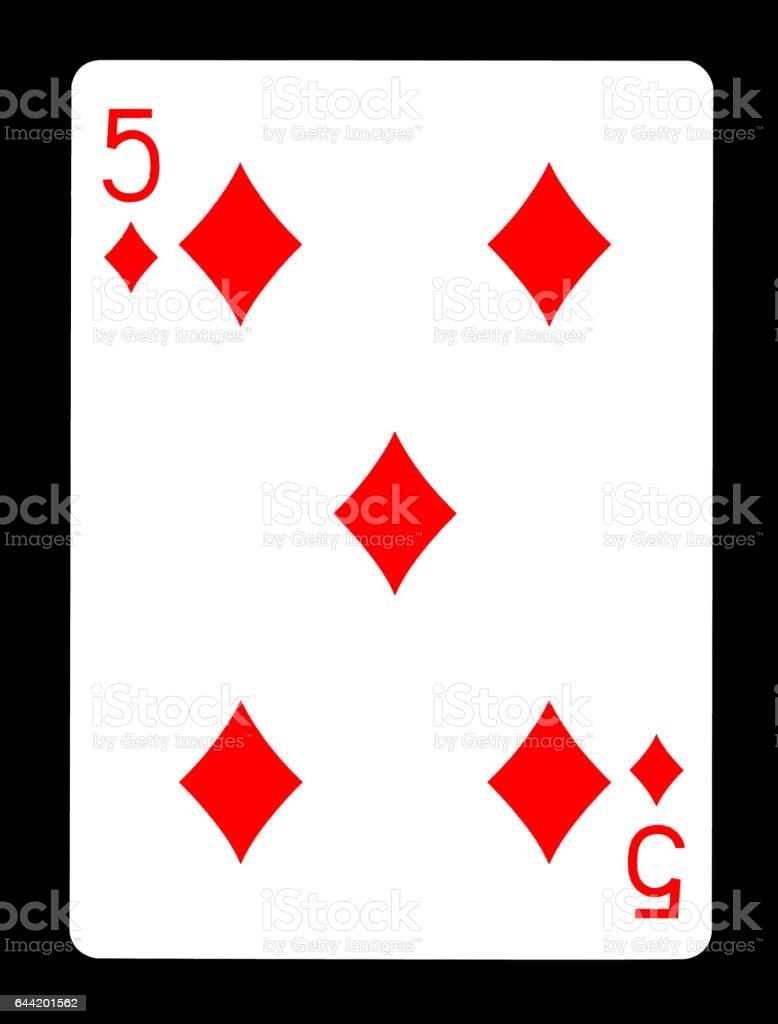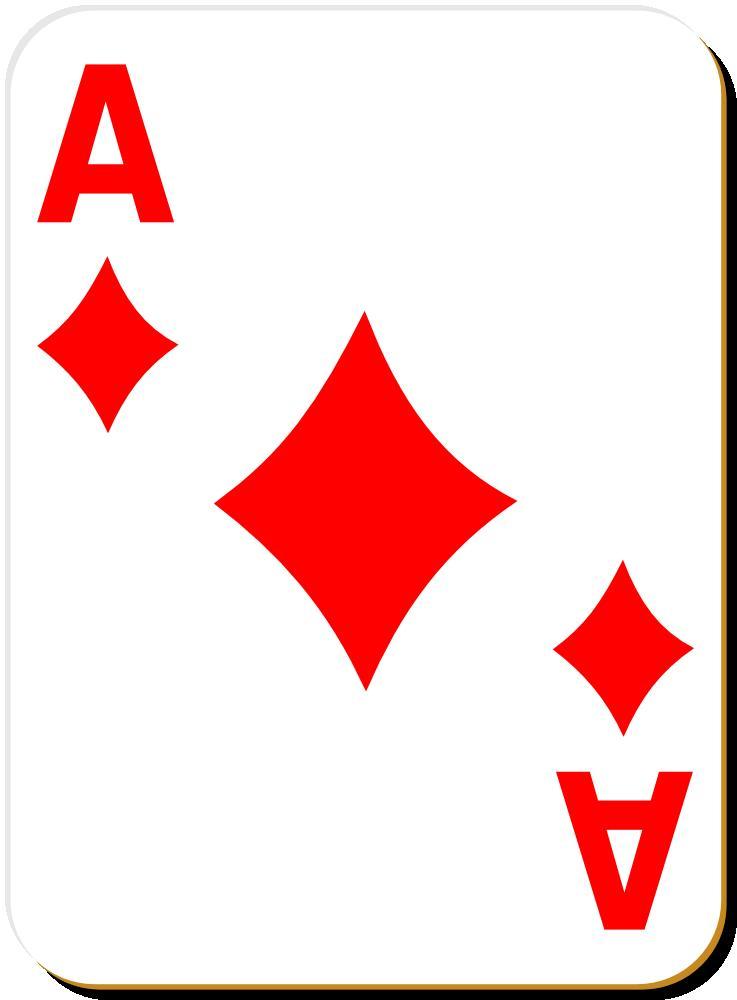

It is generally accepted that playing cards were invented in China during the Tang Dynasty (c. 618-906). Princess Tongchang was supposed to play the "leaf game," which was probably a paper version of the dice game, as opposed to today's card game. Already in 821-824, the reigning emperor Muzong was going to shuffle the cards and play them ... During the Song Dynasty (960–1279), the invention of playing cards coincided with the advent of sheets of paper, which replaced the long scrolls previously used that distributed playing cards throughout the community.
Ancient Chinese money cards, like modern ones, had four suits:
Each color has its own ideogram and number. Many researchers believe that in the ancient games of China, paper money used in gambling and trading played the role of cards.
Around the fourteenth century, the custom of playing cards came to Europe, possibly from Egypt or the Middle East ... At the end of the 14th century, the custom of playing cards spread throughout Europe. Initially, postcards were very expensive as they were made and decorated by hand. From around 1418, card makers in Nuremberg and Augustburg began producing the first printed decks.
The first postcards probably came to our country from Germany - they appeared in our cities in the 15th century, and domestic production soon began.
From the 18th century, French-style cards (spades, hearts, diamonds, clubs) and the nomenclature adopted from there gradually began to dominate, while "traditional" cards gradually lost their popularity throughout the 19th century. Currently, this sample (32 decks) is played in skata in Silesia.
Traditional Polish cards were based on a German pattern - that is, the same symbols were used: wine, red, acorn and bell. The numbers were also characteristic:

